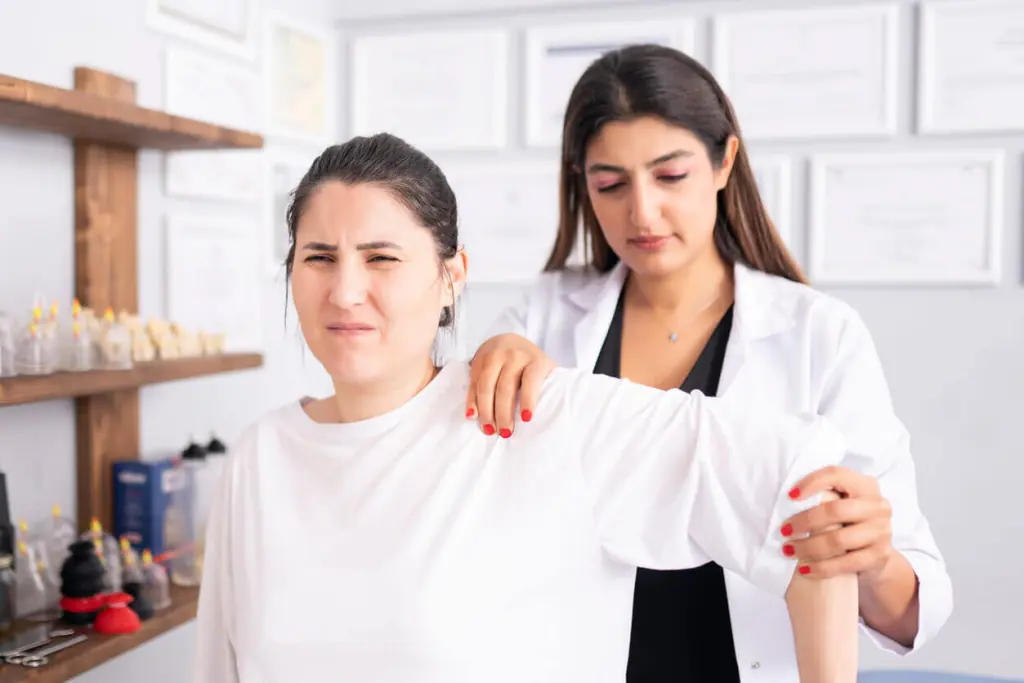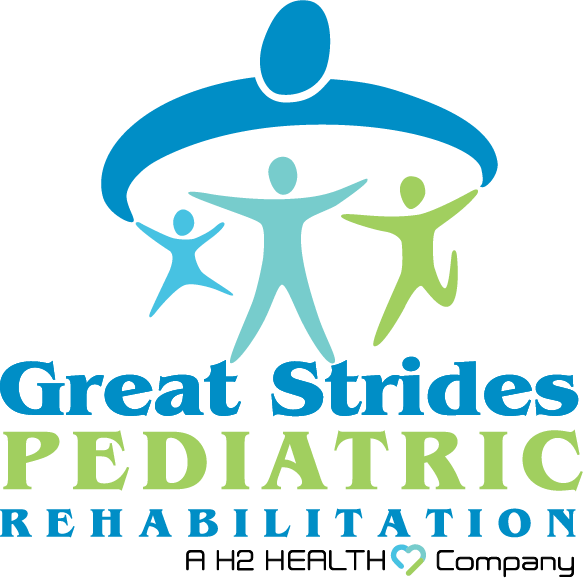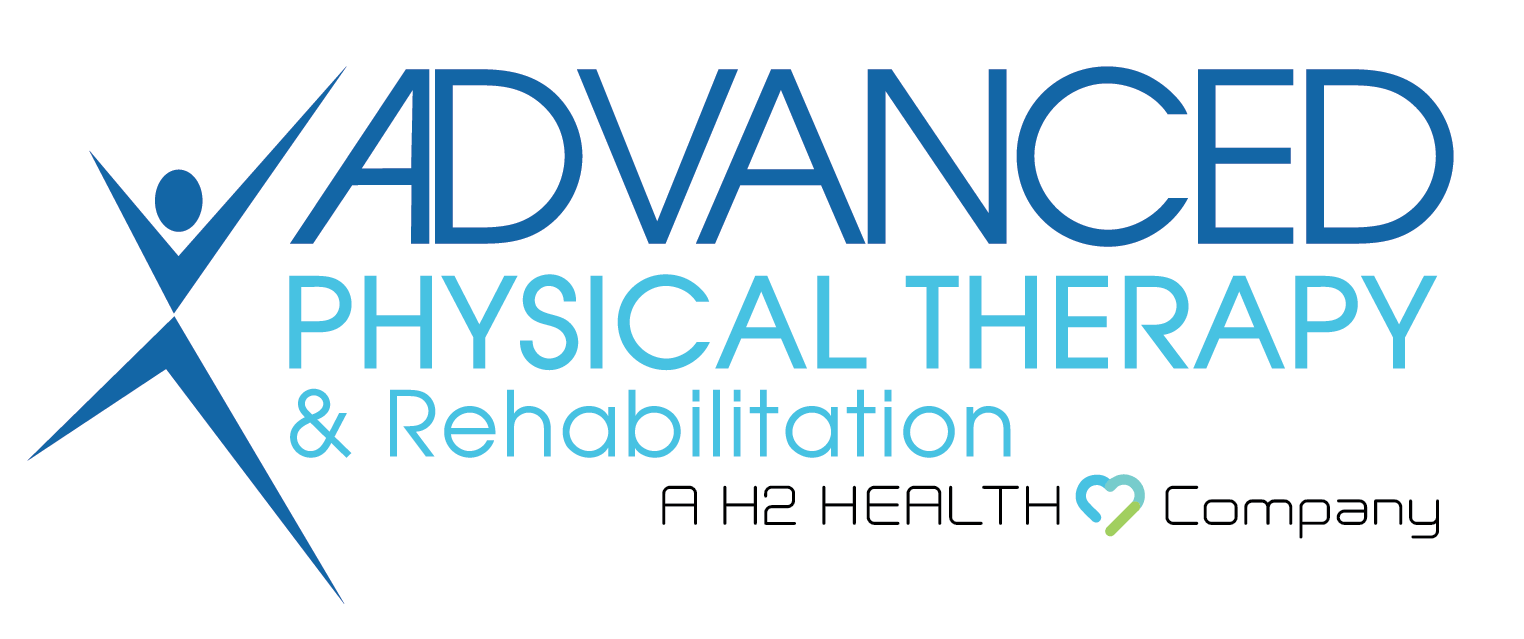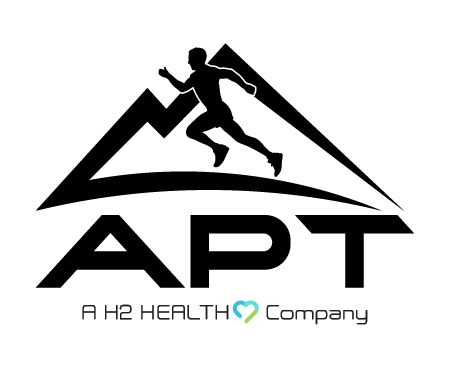
Recovering from a rotator cuff tear isn’t easy, but with the right approach, you can regain mobility and lead a pain-free life. Physical therapy plays a crucial role in helping the shoulder heal while preventing re-injury.
This guide will provide you with expert tips to make the rehabilitation process smoother and more effective.
What is a Rotator Cuff Tear?
The rotator cuff is a set of muscles and tendons designed to stabilize your shoulder joint. When it is torn, you may experience severe pain, limited mobility, and weakness in your arm. Tears can occur due to an injury, overuse, or natural wear and tear over time.
Treatment often involves a combination of medical care and physical therapy. Surgery may be required in more severe cases, but even after surgery, rehabilitation is essential to restore function in the affected shoulder.
Why Rehabilitation Matters After Rotator Cuff Treatment
Rehabilitation is vital to ensure proper healing and recovery following rotator cuff surgery. Otherwise, you would risk experiencing stiffness, weakness, and possibly re-injury. Physical therapy helps by:
- Reducing pain and inflammation
- Restoring range of motion and mobility
- Protecting the joint by strengthening shoulder muscles
- Preventing further tears or complications
Top Tips for Rehabilitation After Rotator Cuff Tear Treatment
At H2 Health, our skilled physical therapists offer personalized rehabilitation programs for patients recovering from rotator cuff treatment. Here are several practical tips to help you make the most of your therapy sessions—and your recovery.
1. Follow Your Surgeon or Doctor’s Instructions
If you have undergone surgery, your surgeon will provide specific post-operative guidelines. These may outline activities to avoid, how to care for your shoulder, and when you can begin physical therapy. Adhering to these instructions helps you avoid setbacks during your recovery.
2. Start Physical Therapy Early
Physical therapy for shoulder pain often begins shortly after treatment, depending on your doctor’s recommendations. Prompt action helps prevent stiffness and promotes circulation to the healing area. However, it is critical to work with an experienced physical therapist, like our team at H2 Health, to ensure you are performing appropriate exercises based on your condition.
3. Prioritize Gentle Range-of-Motion Exercises
Immediately following treatment, your shoulder may feel stiff and weak. Range-of-motion exercises, performed gently and under supervision, can help restore movement without straining the injured area. Examples may include:
- Pendulum swings
- Assisted shoulder elevation
- Passive external rotation exercises
Your therapist will guide you on how to safely progress as you heal.
4. Strengthen Supporting Muscles Over Time
Once your shoulder begins to regain motion, the focus will shift to strengthening exercises. Strengthening the muscles surrounding the shoulder reduces stress on the rotator cuff and provides greater stability. Exercises may include:
- Elastic band resistance movements
- Shoulder raises with light weights
- Internal and external rotation lifts
Start slowly, increasing intensity only under your therapist’s supervision.
5. Pay Attention to Posture
Poor posture can create additional strain on your shoulder and delay recovery. Many patients don’t realize how much they slouch or hunch their shoulders until pain forces them to adjust. Make an effort to do the following:
- While sitting or standing, keep your shoulders straight back and relaxed with your head aligned with your spine.
- Avoid carrying heavy items or bags on one shoulder.
Your physical therapist can provide further techniques to improve posture during your everyday activities.
6. Ice and Rest as Needed
Your shoulder may swell or feel sore after therapy sessions. Icing the area for 15-20 minutes and allowing adequate rest can help manage discomfort. Remember, progress takes time—be patient with your body as it heals.
7. Stay Consistent with Your Home Exercise Program
Your physical therapist will likely provide exercises you can perform at home between sessions. These are critical for maintaining momentum in your recovery. Prioritize them as part of your daily routine, but always follow your therapist’s guidance to avoid doing too much, too soon.
8. Listen to Your Body
Pain is your body’s way of indicating that something may be wrong. While some soreness is expected during rehabilitation, sharp or worsening pain isn’t normal. Inform your therapist or doctor immediately if you experience intense pain—they can adjust your program accordingly.
What Sets H2 Health Apart in Physical Therapy?
At H2 Health, we pride ourselves on providing personalized care that empowers patients to achieve their goals safely and effectively. Here’s how we make a difference:
- Customized Programs: We design rehabilitation plans tailored to your specific condition and recovery needs.
- Experienced Therapists: Our team uses evidence-based techniques and hands-on care to guide you at every step.
- State-of-the-Art Facilities: Enjoy access to advanced equipment and a welcoming environment during your sessions.
- Supportive Community: We care about your success and strive to build lasting relationships with our patients.
Recovering from a rotator cuff tear requires commitment, but you don’t have to face the process alone. Our skilled physical therapists are here to help you regain strength and mobility with confidence.
Shoulder Pain Physical Therapy Near You
Are you ready to resume your active lifestyle? Schedule your physical therapy consultation with H2 Health today. With expert care and a tailored approach, we will help you recover fully and prevent future injuries.
Simply call our nearest location or fill out this convenient form to request your appointment. The road to recovery starts here!
Citation:
Rotator cuff treatment: Rotator cuff injury – Diagnosis and treatment – Mayo Clinic




































